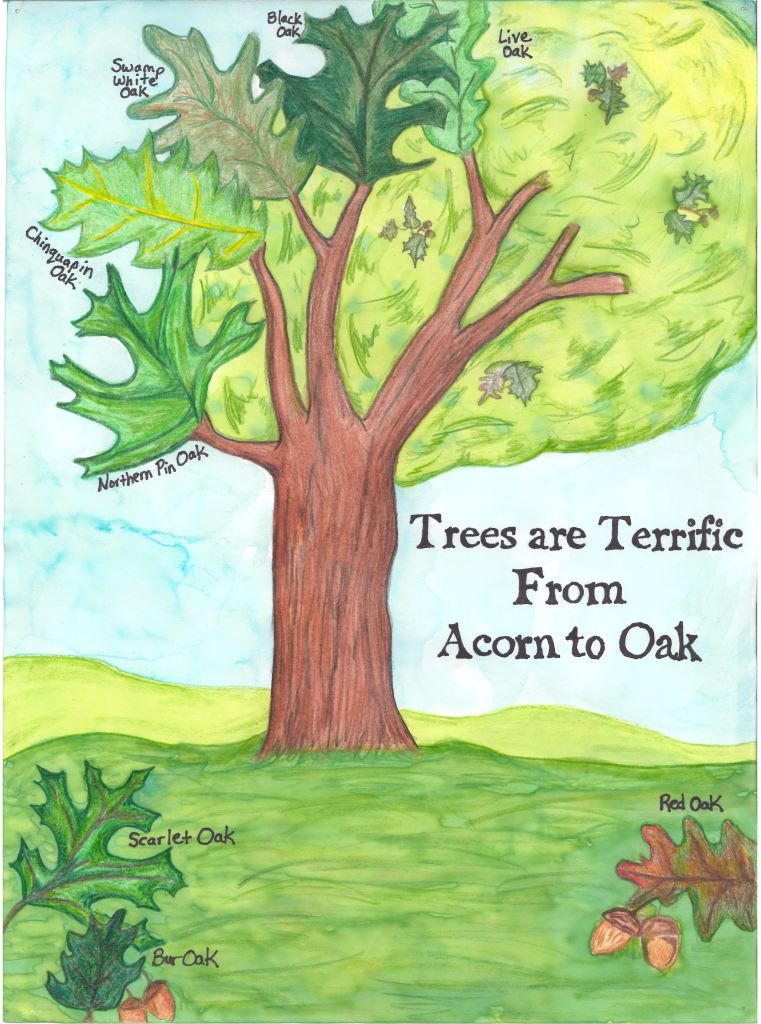
This tree must leave and leave now from our local ecology. In the Houston area, it is now the most populous of all trees and it is not native. There are approximately 1/2 million trees in our region and each adult tree is capable of generating 100,000 seeds in one year. This is an ornamental tree that is very destructive and is now outlawed from being sold in tree nurseries. It initially arrived from an idea that Benjamin Franklin had many years ago. He saw benefit in the plant, but it seems he did not understand the consequences of introducing it to our American forests. The tree is almost indestructable. It takes every opportunity to multiply, from weak or damaged ecological areas, to prairies and areas without trees, to just plain dominance with its killing chemicals, overtaking other weaker species. Yes, the tree has toxic leaves, toxic sap and toxic seed pods that serve as a herbicide to eliminate other plants. The green seeds and leaves are toxic to humans and animals as well. It changes the chemistry of the soil to spread its roots and sprout through its root system as well as through its seed pods. It creates mono-specific forests this way. That is, it becomes the exclusive species of the forest. I have an example in the photograph to the left, located on Reedy Pond in Indian Springs.

This is the ornamental tree we do love in the fall, because it turns such bright red and yellow colors. Sorry folks! But this species has to go!
The Woodlands Association has a program in place to remove these trees from common areas, but we must take care of the problem in our own backyards. How do we accomplish such a feat to protect our forest? The roots become a serious problem in everyone's yard that is infested with this prohibited species. I cannot see any other way than placing the responsibility on the RDRC groups, but first they have to amend the codes to have that authority. Any other ideas how to get these out of our backyards? Our trees are our most important shared asset! My tree is your tree and your tree is mine. Whatever I see in your yard I appreciate and what you see in mind you appreciate.
Some photos from Forestry Images1:

How do you rid your yards of these? A chain saw is of course a good tool to use. However, I just used a tree cutting saw; it worked for a small and a medium sized tree. First you need to trim the limbs off and top it. That leaves a tree trunk to cut down. I will have a professional bring down the big tree I have. I cut two trees down in my yard and have two more to go. I found that a smooth cut is less useful than a chopped cut. The last tree that I cut down, I sawed to the core, then chopped the peripheral material out and then pulled the tree trunk down with a rope. That left some jagged surfaces on the stump, which helped me to kill the root system. To kill the roots, I took vinegar and cleaned my coffee pot with it. Then I took the hot vinegar and poured it carefully and slowly into the newly sawed stump. The vinegar was soaked up quickly by the tree remains. That should keep it from regenerating itself.
Disposal questions have been answered by the association, waste management, and two experts on trees. We can recycle the limbs, leaves, roots in the normal method. Our hot composting process for all practical purposes breaks down most of the allelopathic substances produced by plants, including this tree.
1. www.forestry.images.com





4 comments:
Thank you for this site. I was able to identify the winged elm. I was thinking it was a weed as I have so many growing in my flower bed. Also, I have a chinese tallow right on the other side of my fence (right along Research Forest). I am assuming that I cannot cut it down myself, correct?
That is correct. You should not cut one down on public property unless you obtain permission. That is not because the public should not cut down this particular tree, it is just that an a mis-identification can get you into big trouble!
Did the vinegar and coffee work? I keep seeing people claiming only roundup and similar harsh herbicides work on Chinese Tallow.
David, the vinegar seemed to work to some degree but I was not completely happy with it. The tree did come back and I just kept chopping until it finally gave up. One tree took over a year to kill completely. I did not use the vinegar method on the last remaining tree in my yard, but the drought did the job on it. I have no roots spouting anymore after removing the four trees. I do still get some seed sprouts in one of the gardens. So glad those trees are gone!
Post a Comment